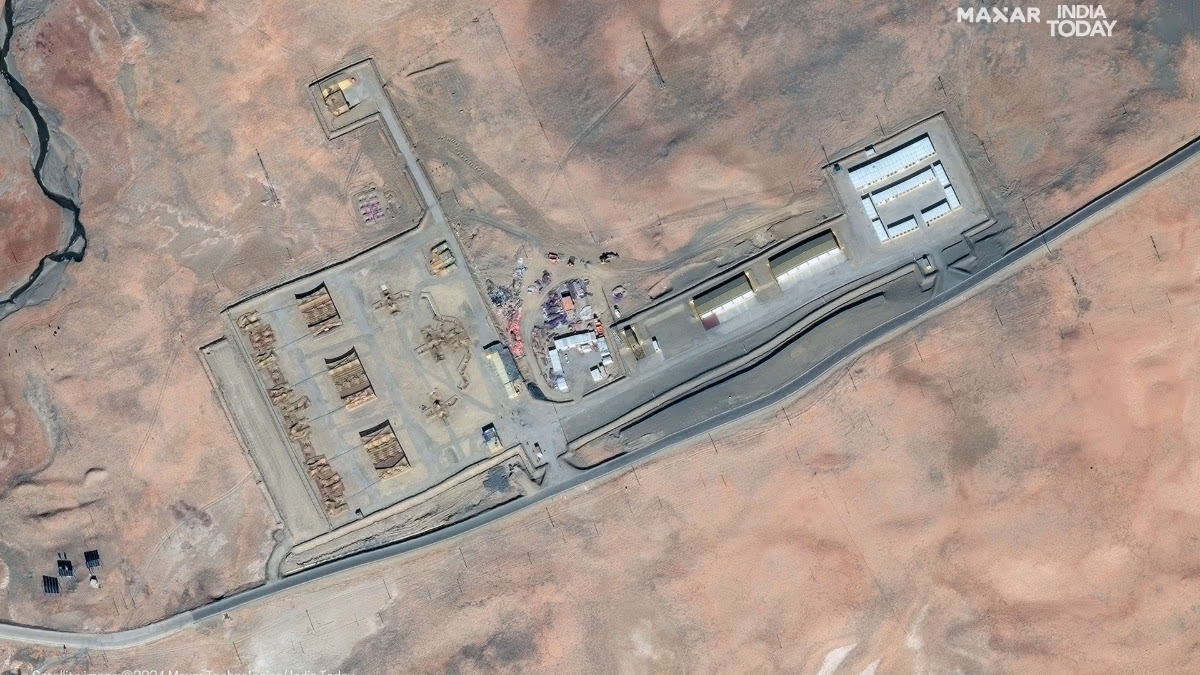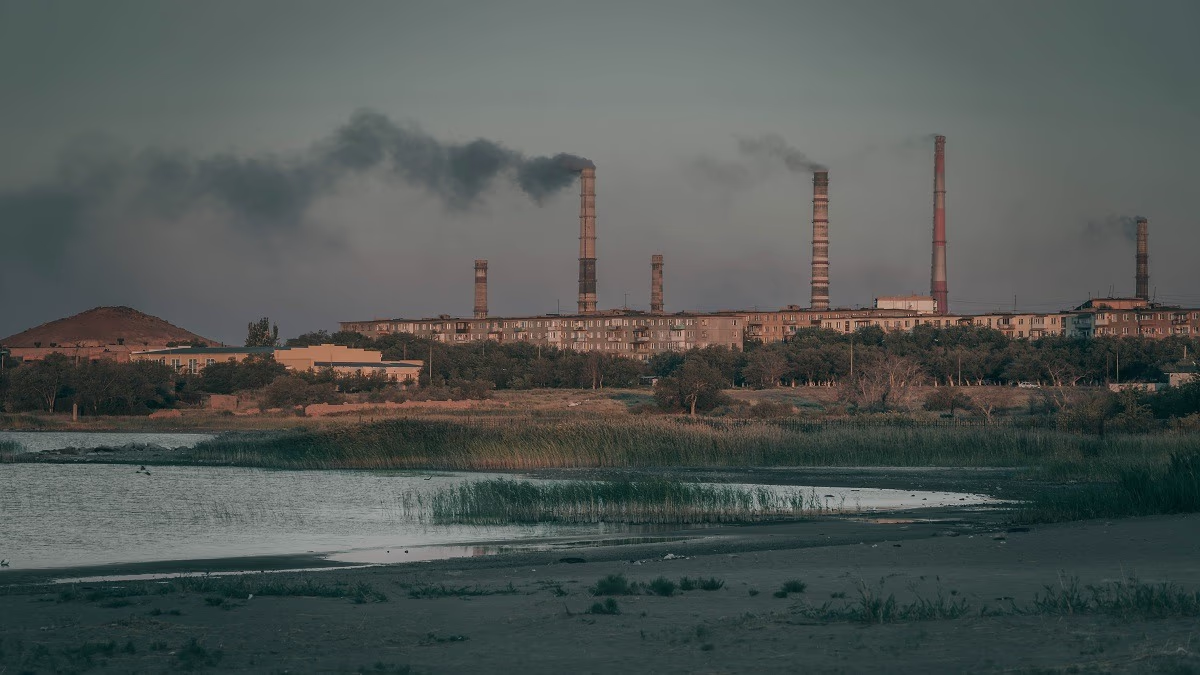The withdrawal of military forces between the Indian and Chinese armies in the Depasang and Demchok plains of Eastern Ladakh has been completed. Satellite images confirm the withdrawal of troops. However, the rapid construction of infrastructure in contested areas cast doubts on China's long-term commitment to de-escalating tensions.
Foreign Minister Dr. S. Jaishankar emphasized in Parliament earlier this month that the immediate priority was to ensure the withdrawal of troops from confrontation points to prevent any untoward incidents or clashes. This process has been completed, and the next priority will be considering measures to de-escalate tensions, which will involve reducing troop congestion at the LAC.
Although China's military withdrawal is visible in high-resolution satellite images by India Today/Aaj Tak's OSINT team, there is no explicit sign of tension reduction from China. China is building military and dual-use infrastructure in disputed areas near the northern shore of Pangong Lake, while both countries (India and China) are engaged in talks at various levels to improve bilateral relations.
First-time satellite images from Maxar Technologies reveal that new camps have been set up by the Chinese People's Liberation Army (PLA) in the rear position in Depasang after vacating forward positions during the disengagement process. Despite this, both sides recently agreed to restore the status quo of May 2020 in the conflict zones of Depasang and Demchok.
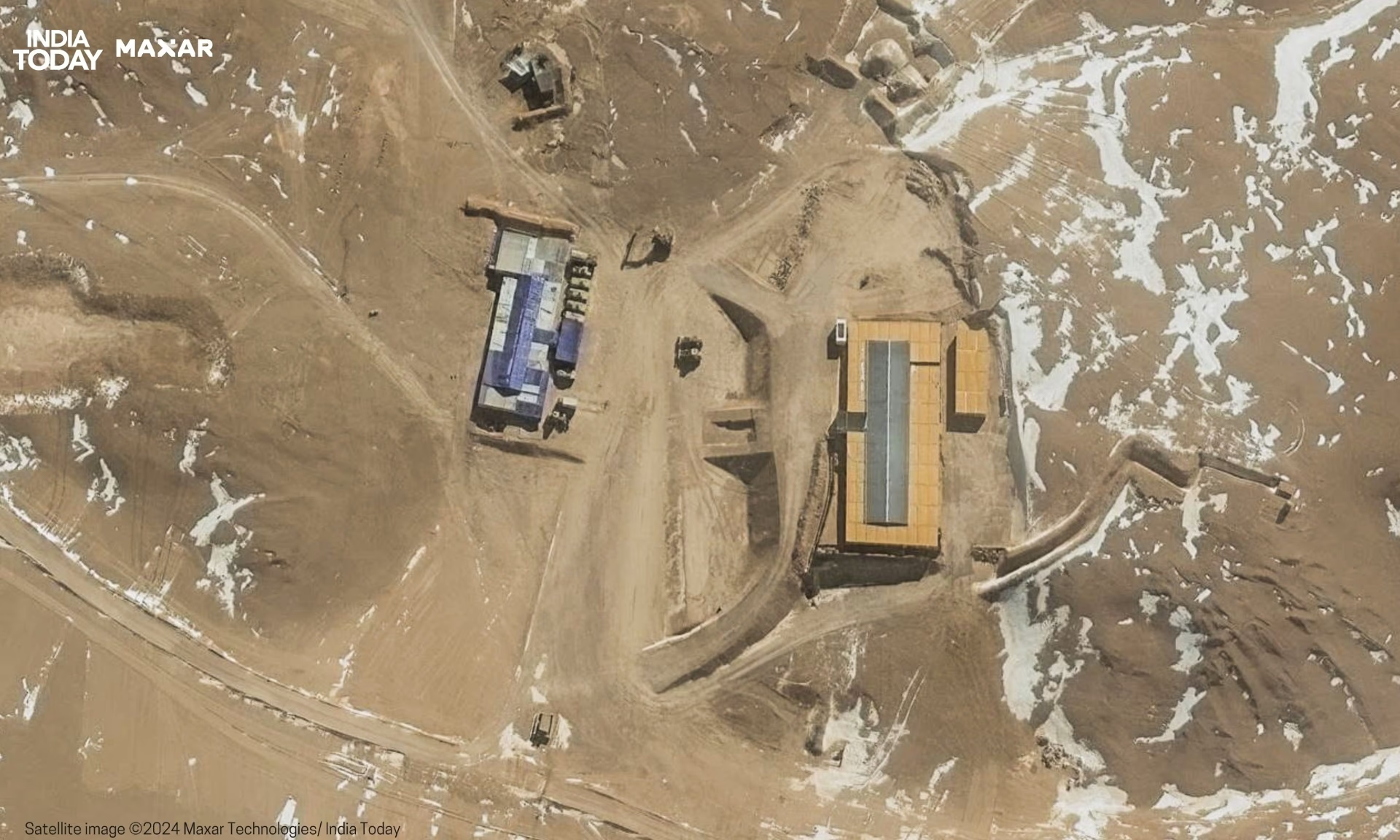
Source: aajtak
China Fortifies Presence on Northern Pangong Lake Shore
In February 2021, a disengagement buffer zone was created at Pangong Lake. However, it appears the PLA is rapidly strengthening its presence in disputed regions on the northern shore, areas once jointly patrolled before the 2020 standoff.
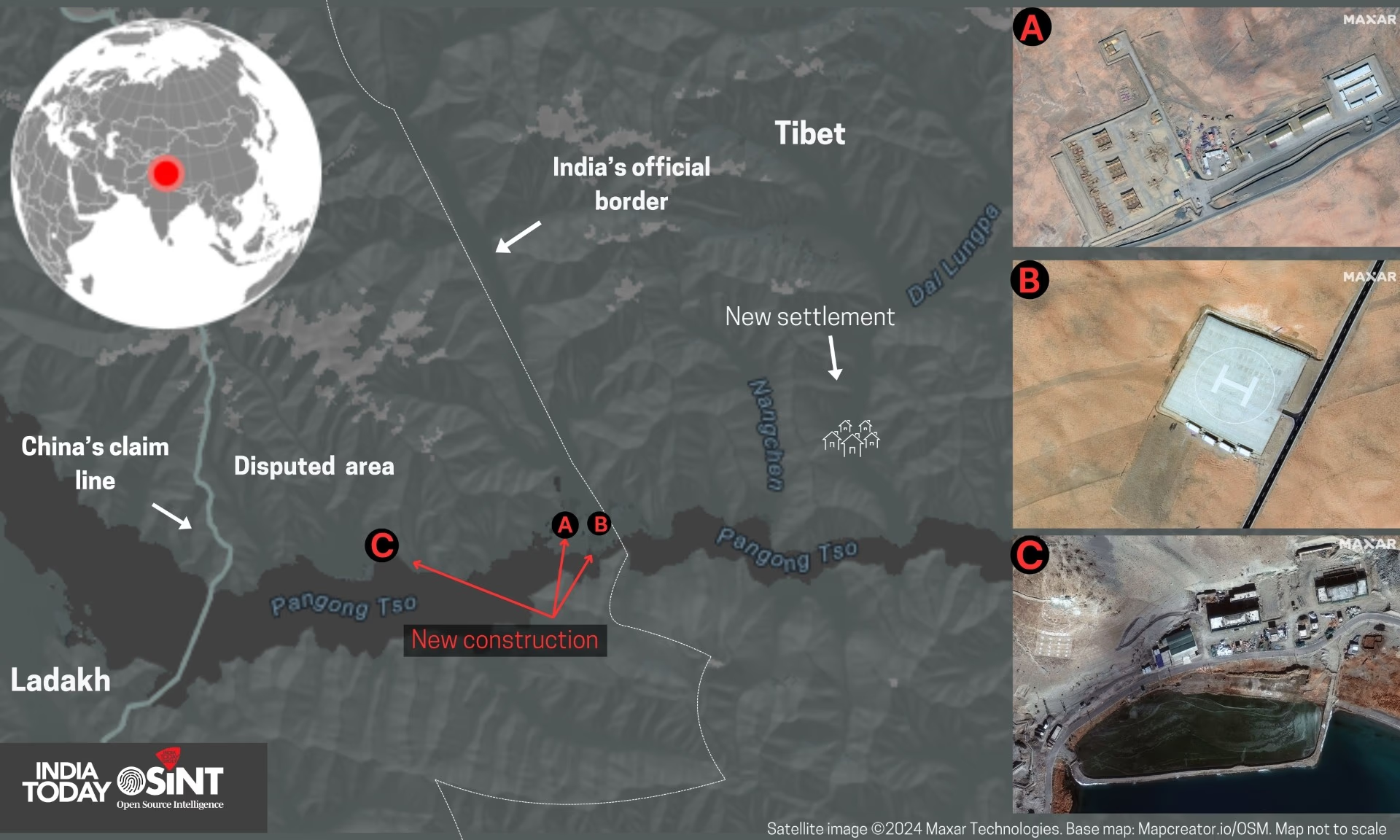
Source: aajtak
Experts Weigh in on Sirijap and Khurnak
The Chinese military seems to be fortifying its positions after pulling back. Defense expert Colonel (retired) Ajay Raina mentions that India still considers Sirijap and Khurnak as its territory, but much has changed since the 1959-1962 period. These areas hold historical significance to India as part of Ladakh, though effective control was lost during that time. Construction and strategic developments began in September, persisting even while China advocates for normalized relations.
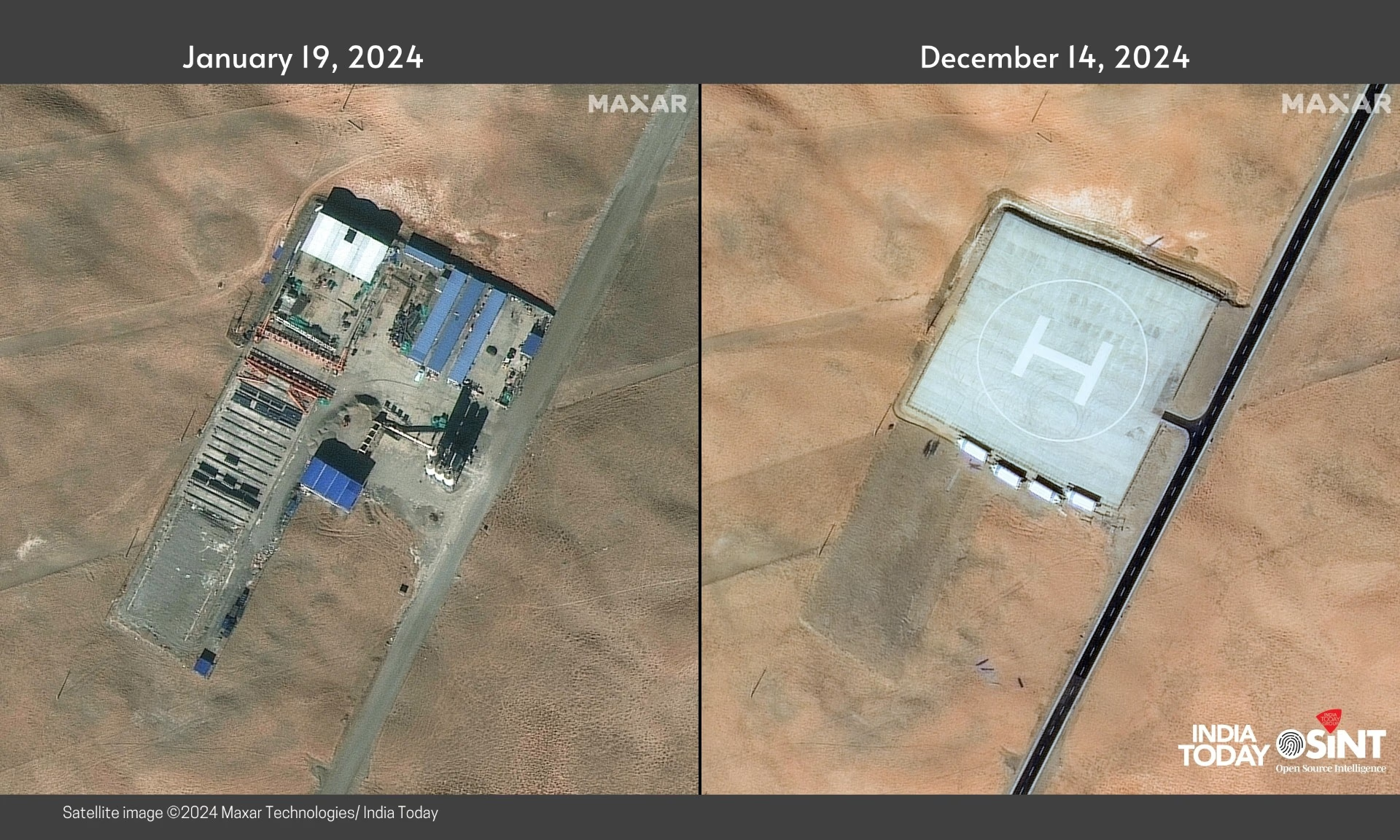
Source: aajtak
Efforts to Fortify and Expand in Khurnak
Dr. Y. Nithyanandam, head of the geospatial research program at Takshashila Institution in Bangalore, analyzed satellite images covering Sirijap and Khurnak. He highlighted expansion efforts, fortifications, modifications in ground strategy, a developing drainage network, and lake restoration in Sirijap.
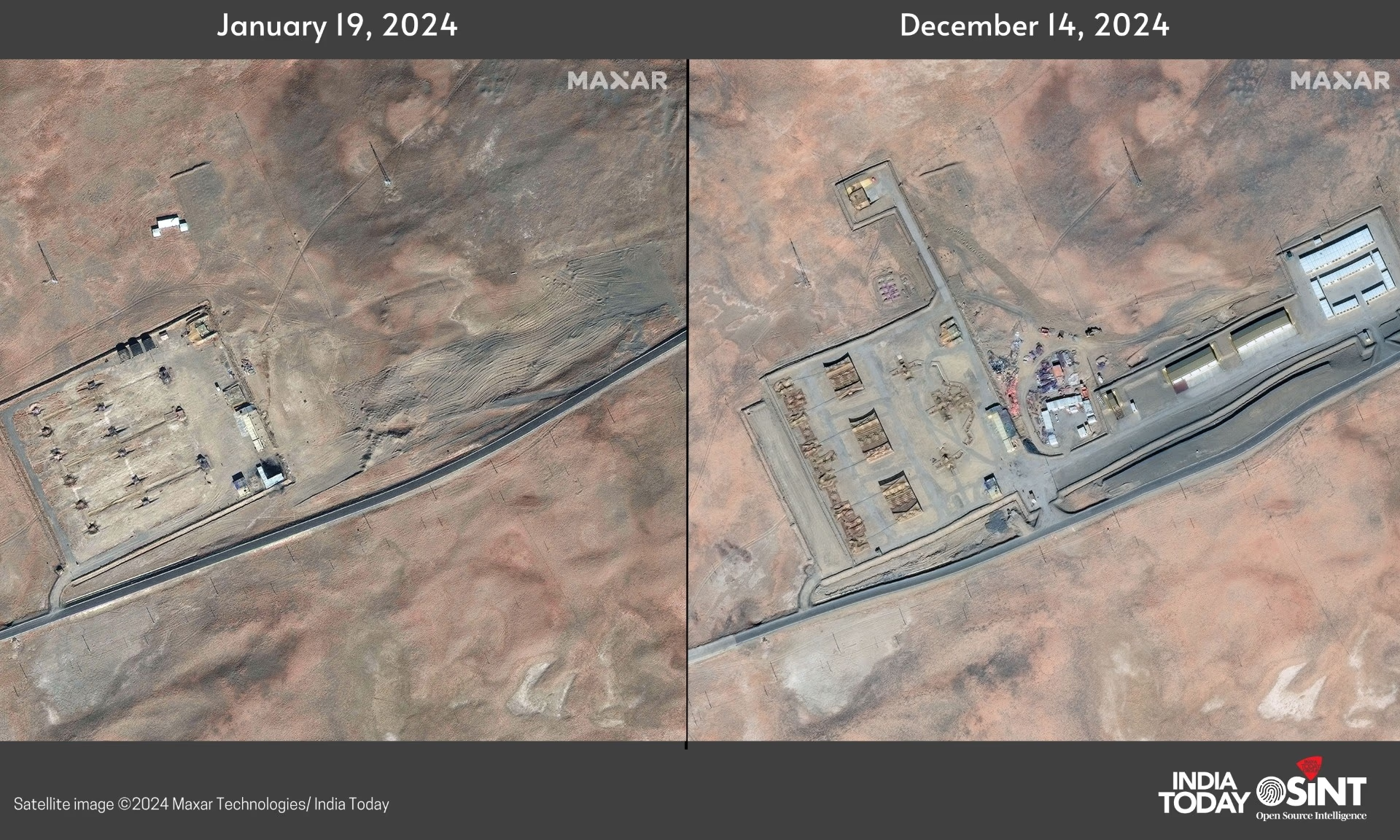
Source: aajtak
Deployment Attempts in Natural Grazing Lands
Observer Nature Desai on the India-Tibet border says these images provide evidence of reorganization efforts for deployments in the shared pastoral lands under the PLA's Western Command's Southern Xinjiang Military District.
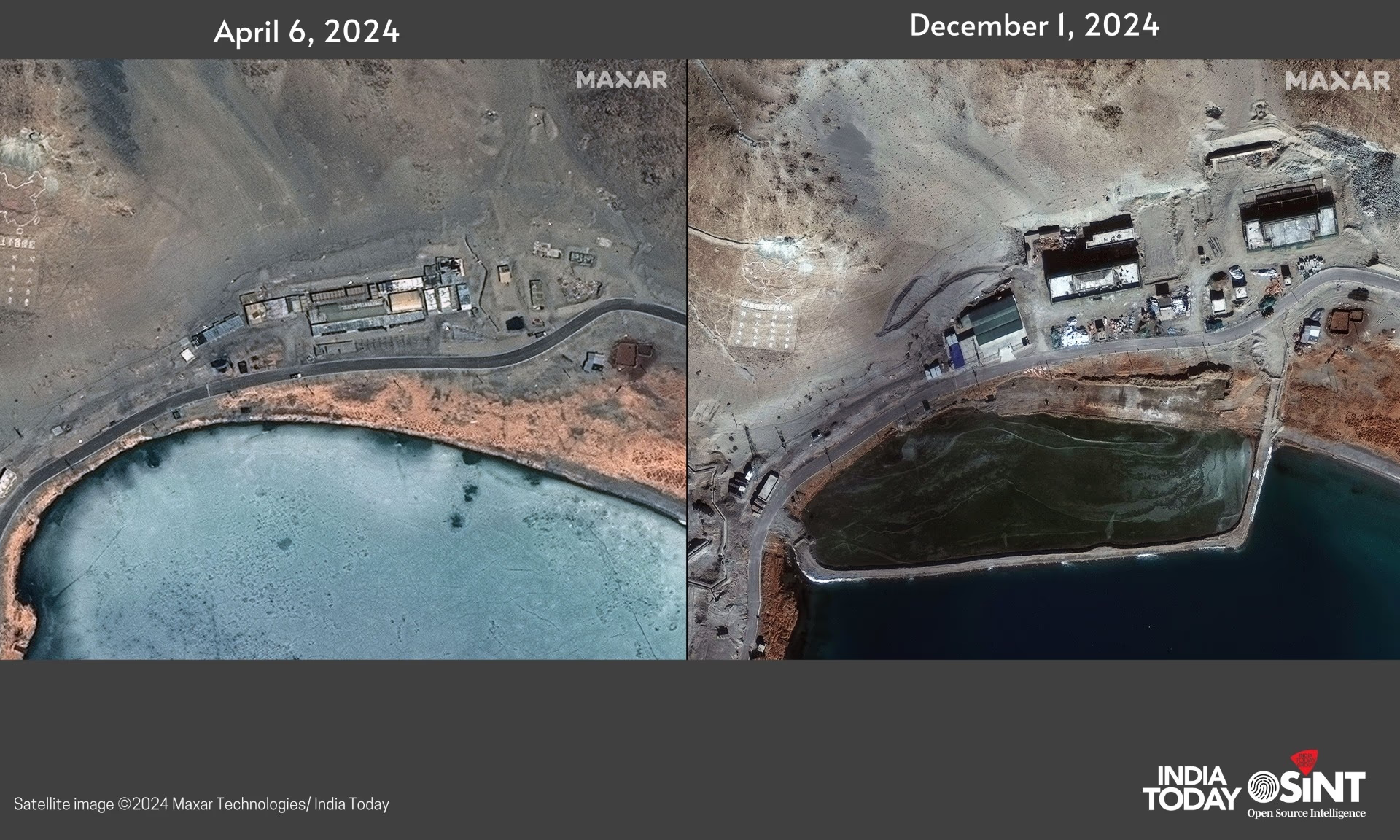
Source: aajtak
Temporary Structures Replaced by More Permanent Buildings
Dr. Nithyanandam notes significant redevelopment efforts in Sirijap in recent months. Recent developments include more permanent and larger structures replacing previously scattered and temporary buildings.
Military sources detailed infrastructure near Pangong. These developments, connected to bordering villages, include roads with bridges or dam-like structures and a small helipad, hinting at possible use for emergency or VIP movements. Additionally, a recently built straight road lacks cover, making it vulnerable to aerial reconnaissance or attacks.
Map Inside Fort Complex Saw Old Structures Demolished
Dr. Nithyanandam also noted changes in Khurnak, including the demolition of old structures within a fort complex. By late September 2024, the complex was fortified with tall walls. A new helipad, approximately 100 x 100 meters, replaced previously known construction sites nearby.
Nature Desai comments on rapid developments near Sirijap and Rimuchang, which appear to bolster quick induction capabilities via boats along the Pangong border. Meanwhile, a structure near Ote Plains close to Khurnak fort suggests PLA units present in the area.
Satellite images taken on December 19 reveal new PLA facilities constructed roughly 3 km north of their previous site in Depasang, about 7 km south of the Chip Chap River. Another facility is about 10 km east of previously vacated positions.
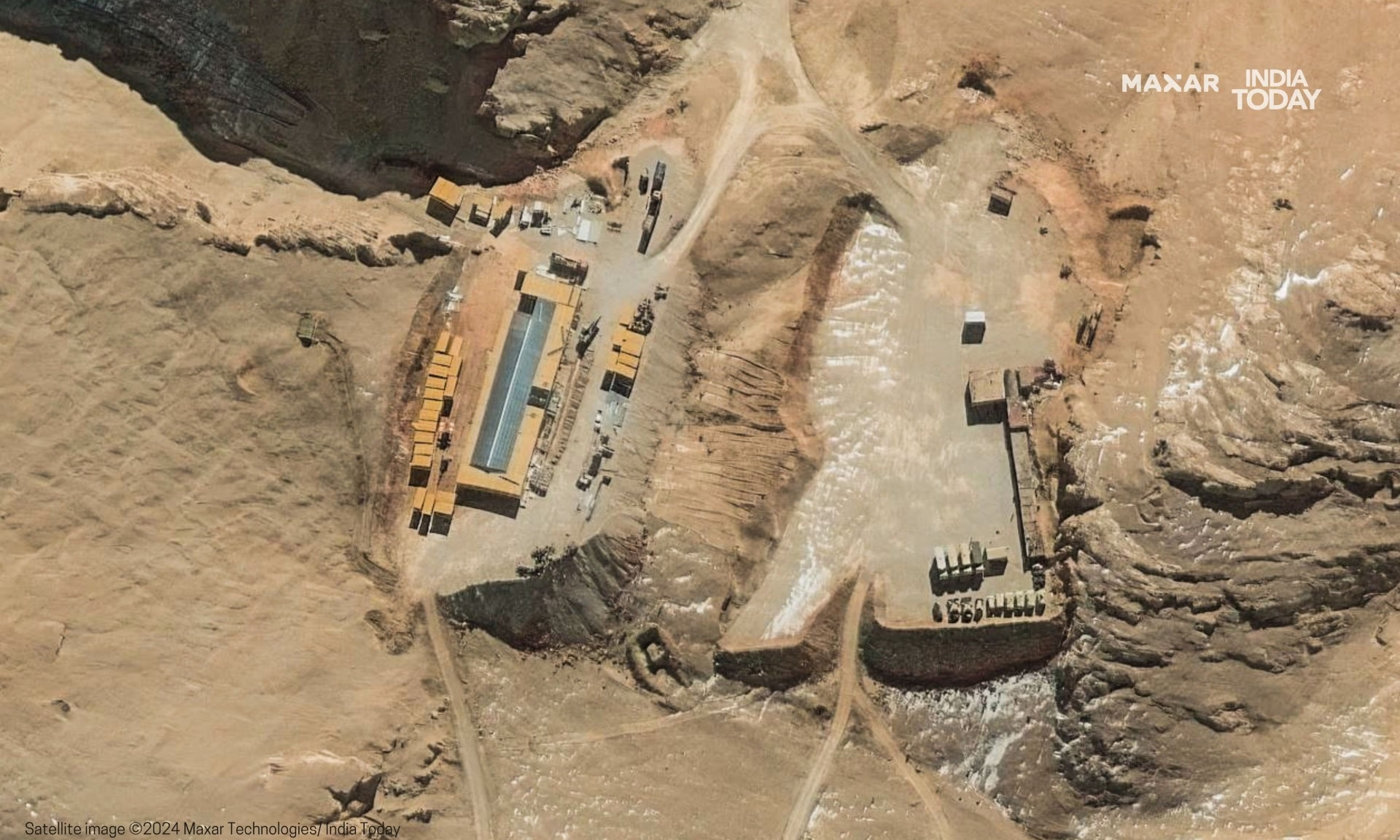
Source: aajtak
Meetings Between Indian and Chinese Representatives Post-2020 Incidents
Following the 2020 clashes, representatives from India and China recently met in Beijing. NSA Ajit Doval and Chinese Foreign Minister Wang Yi participated. A statement from the Ministry of Foreign Affairs emphasized maintaining peace and stability in border areas for overall bilateral relations, stressing that peaceful conditions on the ground are crucial to fostering developing the bilateral relationship smoothly.
